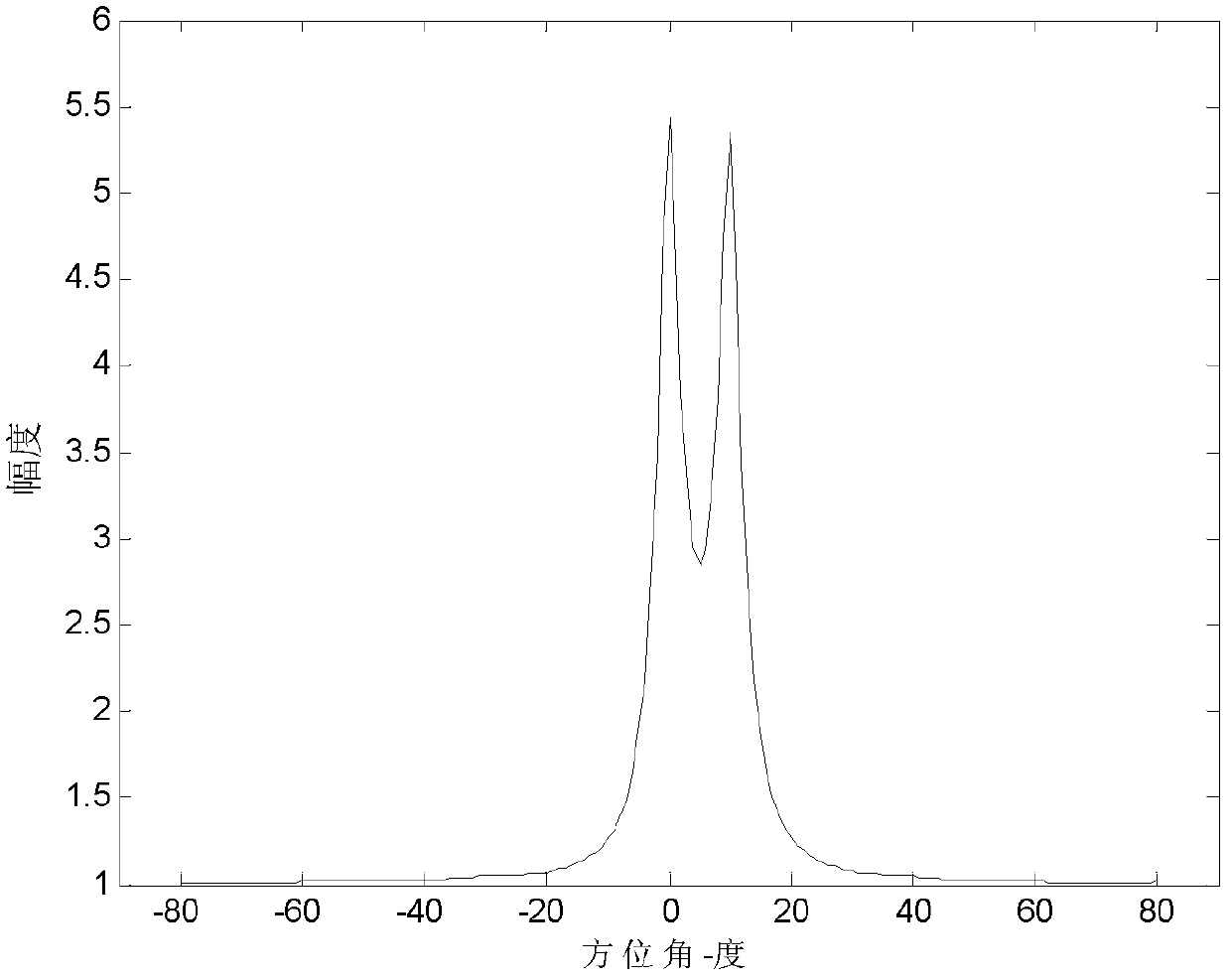Method for imaging actual aperture foresight on basis of subspace projection
A technology of subspace projection and forward-looking imaging, which is applied in the field of imaging, can solve the problems of poor target resolution, inability to accurately detect the position of the target with angle measurement accuracy, and reduced signal-to-noise ratio, so as to facilitate system implementation, improve detection accuracy and imaging quality effect
- Summary
- Abstract
- Description
- Claims
- Application Information
AI Technical Summary
Problems solved by technology
Method used
Image
Examples
Embodiment Construction
[0045] refer to figure 1 , the implementation steps of the present invention are as follows:
[0046] Step 1: Sequential overlapping scanning of the ground monitoring area is carried out by transmitting radar beams at equal intervals to obtain radar echo data Y;
[0047] refer to figure 2 , in this step, the airborne radar sequentially overlaps and scans the ground surveillance area, that is, the radar echo data is regarded as the convolution of the antenna beam and the target information, and the echo data Y is obtained by emitting radar beams at equal intervals.
[0048] Step 2: Perform a modulo operation on the echo data Y to extract its intensity vector X:
[0049] X=|Y(k)|, 1)
[0050] Wherein, |·| represents a modulo operation, k=1, 2, . . . , K, K represents the length of the echo data.
[0051] Express the intensity vector X as a multiply-accumulate form of the signal amplitude value and the pattern vector:
[0052] X = Σ ...
PUM
 Login to View More
Login to View More Abstract
Description
Claims
Application Information
 Login to View More
Login to View More - R&D
- Intellectual Property
- Life Sciences
- Materials
- Tech Scout
- Unparalleled Data Quality
- Higher Quality Content
- 60% Fewer Hallucinations
Browse by: Latest US Patents, China's latest patents, Technical Efficacy Thesaurus, Application Domain, Technology Topic, Popular Technical Reports.
© 2025 PatSnap. All rights reserved.Legal|Privacy policy|Modern Slavery Act Transparency Statement|Sitemap|About US| Contact US: help@patsnap.com



